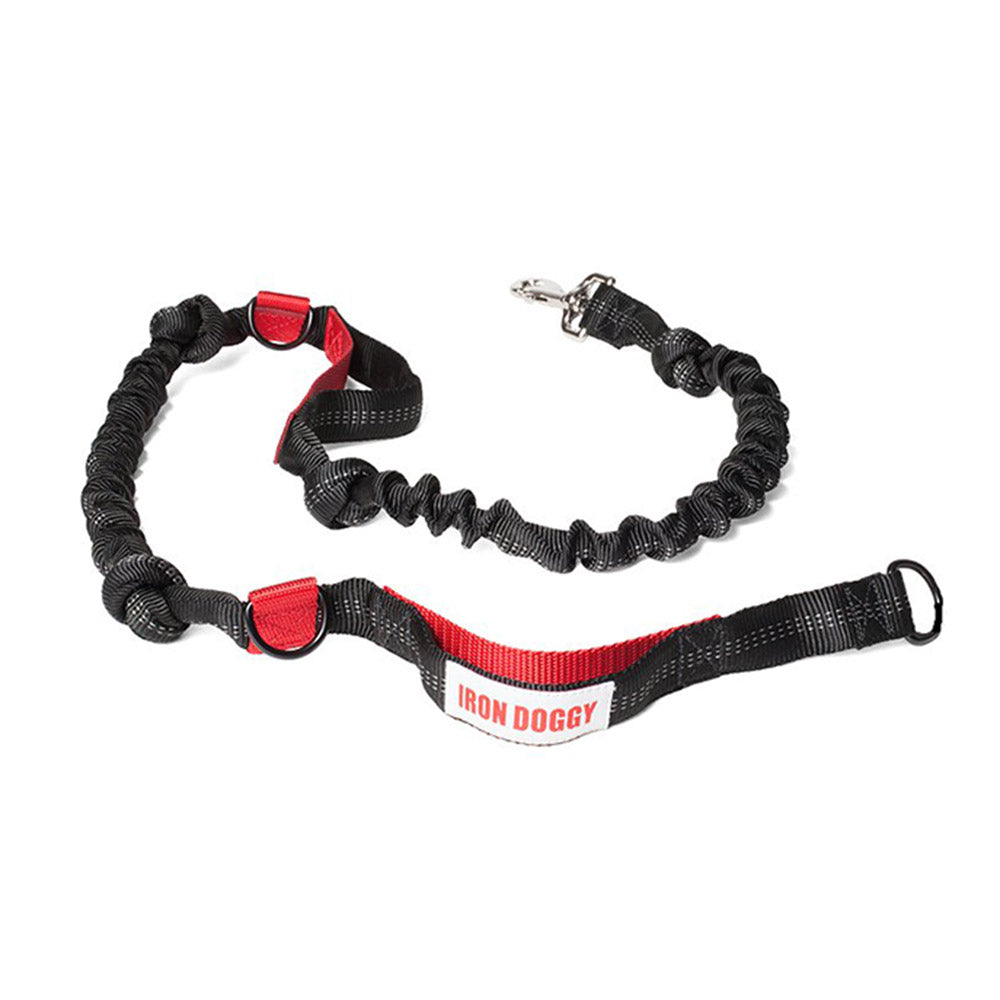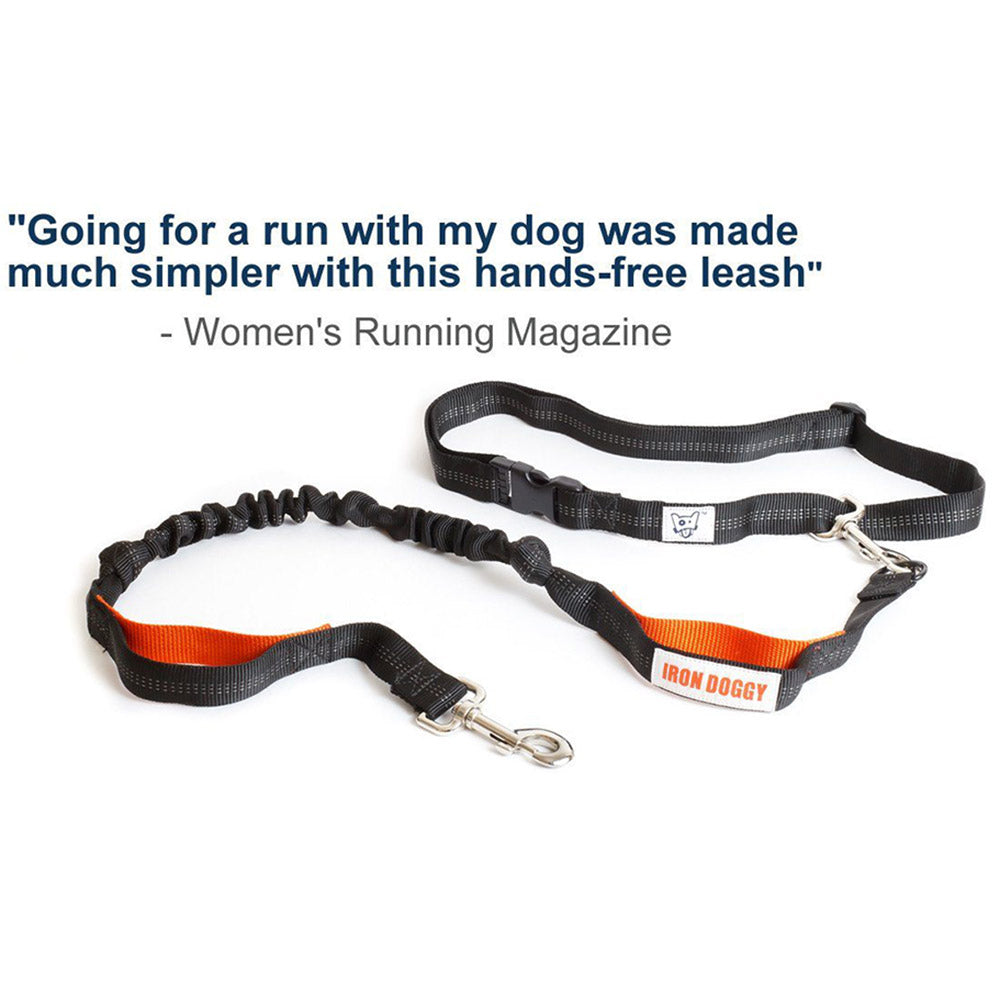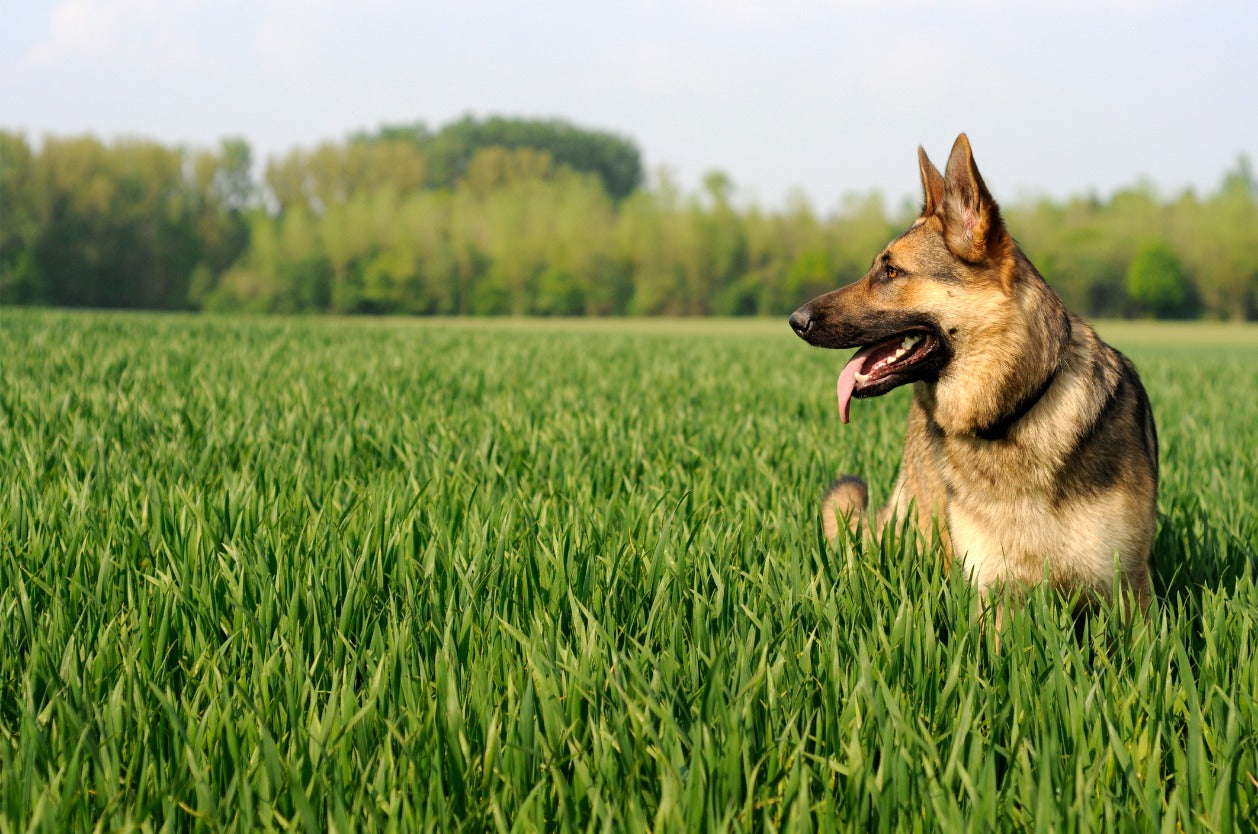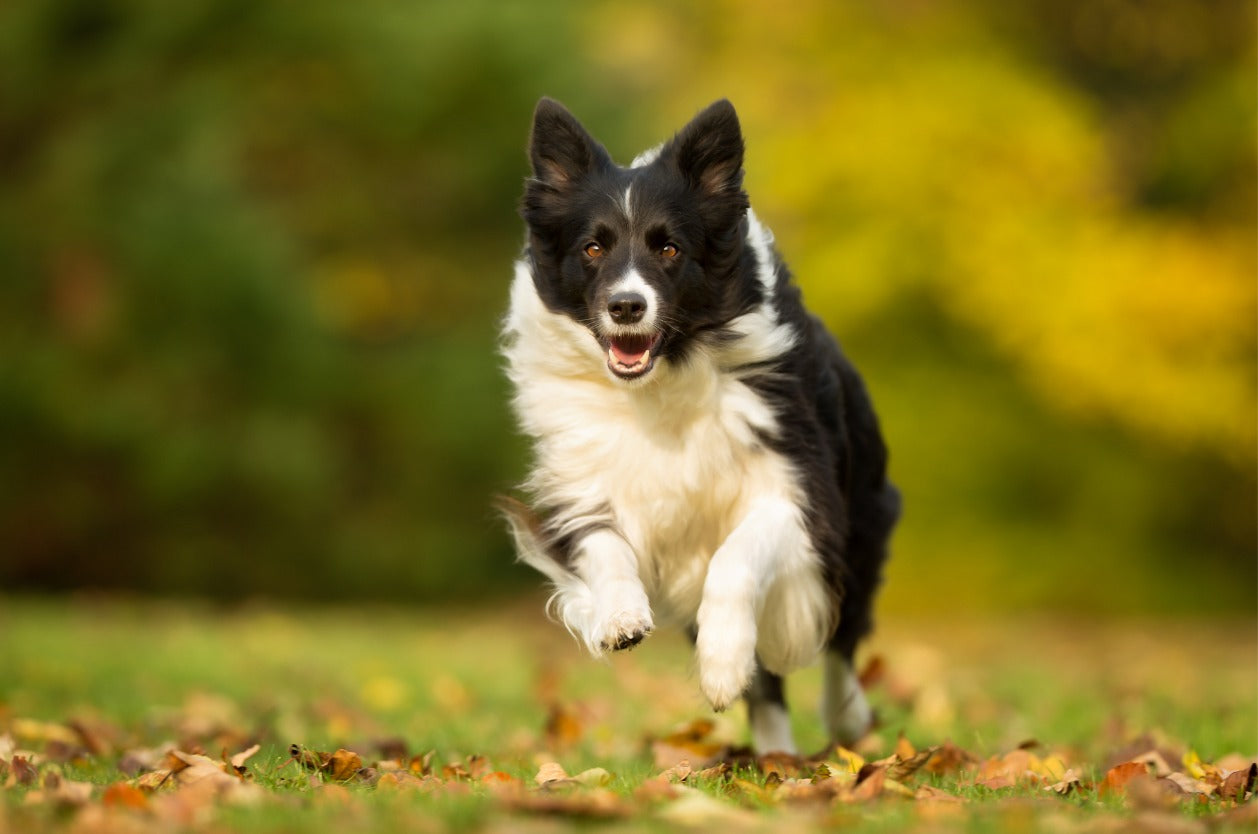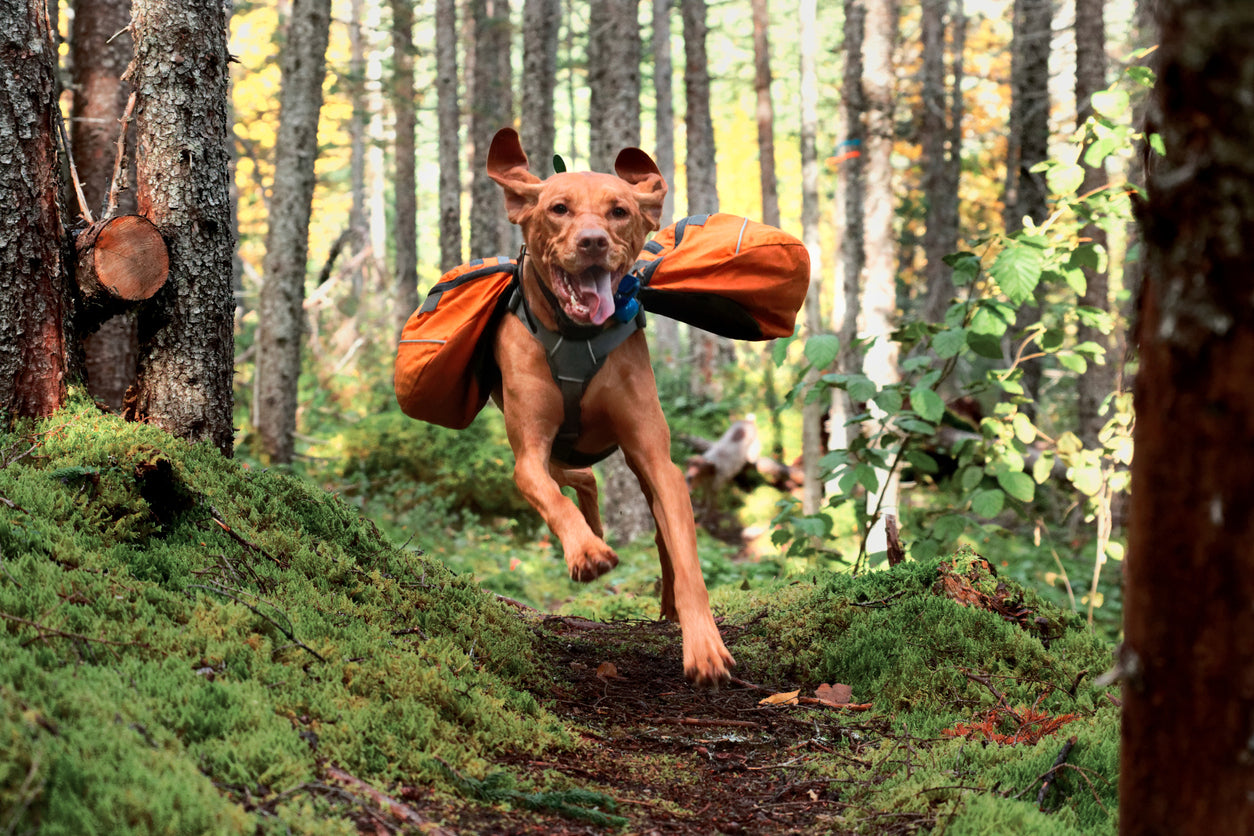
The sun is gently kissing the trail ahead, a soft breeze is whispering among the leaves, and your dog is jogging by your side... It's tempting to just keep going forever when you take your dog hiking on a day like this. However, what about your best friend? Just how far can your dog hike in a day?
The answer to that question depends a lot on your dog's age, health, physical condition, breed, and size. That's not to say that a Chihuahua can't enjoy a hike. Just bear in mind that his tiny feet will have to do a lot of stepping to match a single stride from a Great Dane!
On the other hand, dogs that were bred for herding, hunting, or pulling generally have the stamina and drive needed for extended hikes. As long as they've had the proper conditioning, of course!
How Far Can You Go When You Take Your Dog Hiking?

According to Pawsitively Intrepid, an average-sized dog in good shape should be able to take a 5-10 mile hike in his stride. After proper conditioning, he can probably up that total to 20 or more miles in a day.
Really avid 4-legged hikers in great condition can make 25 to 30 miles look easy. They're apt to look back at you and think, "Try to keep up, human!" Even that distance doesn't compare to what the elite canine athletes on Iditarod sled dog teams can do. Those dogs can run for an average of 100 miles a day for a week to 10 days straight!
Trail conditions, the weather, and your dog's genetic make-up all influence how many miles your pooch can tackle in a day. If you're just starting out, pick an easy trail and go 1 to 2 miles farther than you go on your daily walk.
If the weather is hot or humid, cut the length of your dog's hike in half to avoid dangerous heat stress. Dogs pant to cool themselves down through evaporation. Humid weather interferes with that process and can cause your dog to dangerously overheat.
Gradually increase the distance and difficulty of the trail as your dog's conditioning and stamina improve. Remember that hiking a mountain trail requires a lot more exertion than following a meandering path through the forest. Plan your hike accordingly.
Match Your Dog to the Trail
If your dog (or you!) is new to hiking, start out slow and easy. Gradually work your way up to longer or more difficult hikes. A dog that isn't used to it might find even a mile of flat going a challenging hike!
Before planning to take your dog hiking, ask yourself some questions about your dog and answer them honestly. No wishful thinking allowed! Does your pet fit any of the categories below? If she does, it can affect her hiking ability and your preparations for the hike.
Does one of these descriptions fit your dog?
- Puppies shouldn't get more than 2 minutes of gentle exercise per week of age. That means a 2-month-old pup could hike for about 15 minutes as long as you pick a flat, easy trail and take your time. They shouldn't do more than a mile or two until the growth plates on the ends of their long bones close.
- Just like with humans, a 4-legged couch potato is going to get worn out quickly. Start out by trying for a mile on a flat, easy trail. The same thing goes for an overweight pet. Aim for short but regular hikes until your pet has shed some of that excess poundage.
- If your dog has a pre-existing health condition, you should check with her vet before planning that hike. Ask how far you can take your dog hiking, if at all.
- Treat an older or arthritic dog like a puppy. They'll still enjoy taking their human for a hike — just choose an easy path and keep it short in honor of their age or infirmity.
- Monitor short-nosed (brachycephalic) breeds like Boxers, French Bulldogs, or Pugs carefully when it's warm outside. Those adorably flat muzzles aren't very efficient at moving air or dissipating heat through panting. This can quickly lead to overheating and a life-threatening situation.
Your Dog Needs the Right Hiking Gear, Too
You wouldn't hit the trail without a great pair of hiking boots and what you need to stay hydrated, would you? Well, neither should your dog! Make sure your best bud has the proper dog hiking gear to enjoy his day on the trail. At a minimum, he'll need:
- A great hands-free leash like the Iron Doggy Runner's Choice.
- A comfortable harness that's sturdy enough for even the most active dog — like yours!
- Rugged boots to keep those paws protected in rough terrain. Just like with your own, make sure your dog breaks in those new boots before hitting the trail.
- A lightweight, collapsible dog bowl and plenty of water to ensure your buddy stays properly hydrated.
- Flea and tick repellent, up-to-date vaccinations (especially rabies), and a microchip.
- Pet-safe sunscreen. This is essential for dogs with white coats or pink noses! Even darker-colored dogs may need sun protection at high altitudes where the sun is especially intense.
- A dog-specific first-aid kit to take care of any trailside emergencies.
- An appropriately sized doggie backpack. After all, you shouldn't have to carry all the load for a multiday hike. Your dog would probably love to help lighten your load. Especially if her pack is full of dog food and yummy treats!
- Plenty of doggie bags, so you can leave the hiking trail as pristine as you found it.
Enjoy the Adventure!
It doesn't matter if your "adventure" consists of a quiet, mile-long stroll through the woods or a strenuous multi-day mountain hike. The important part is just getting outside, enjoying the fresh air and sunshine, reveling in nature, and having fun with your pup. Hiking with your dog is an incredibly rewarding experience that will deepen the bond between the two of you.
Send us a woof if you'd like to know more about being active with your dog. We're all about adventurers, explorers, hikers, runners, and especially their dogs!


